The Librarian of Congress Weighs In on Why Card Catalogs Matter
The tech is gone, but it’s not forgotten. Carla Hayden explains why
Orderly boxes of cards once filled libraries large and small, and even the most humble of books boasted a catalog card of its own. But when the company that made the cards stopped printing them in 2015, the sun finally set on the card catalog, a book-finding system more than a century old.
Meanwhile, something new was on the horizon for the nation’s most important library. Last year, Carla Hayden became the nation’s new Librarian of Congress—the first professional librarian to serve in the role in decades, and the first African-American and woman to boot.
In her inaugural speech, Hayden promised to harness the power of technology to bring the library into the 21st century, calling for digitization, classroom connectivity and private-sector partnerships. She’s since made good on her promise, making metadata from 25 million MARC records (the very documents once enshrined on catalog cards) available to the public.
Hayden may be looking toward a future without card catalogs, but that doesn’t mean she doesn’t have a soft spot in her heart for the old-fashioned tech that once made finding a book a hands-on experience. She wrote the foreword for The Card Catalog: Books, Cards, and Literary Treasures, a new tribute book featuring more than 200 full-color catalog cards, photos and first-edition books—and she spoke to Smithsonian.com via email about her continued love of the not-so-long-gone system:
Much was made of the “death” of the card catalog when the OCLC stopped printing catalog cards in 2015. Why are people still so fascinated by something that’s so anachronistic?
Many of us who remember going to libraries and using the card catalog connect it with a sense of discovery. I have memories of flipping through the cards by subject and finding all the different books or other materials that had the kind of information I was looking for and those were always fun “eureka!” moments.
But it is not just about nostalgia. The card catalog was a revolutionary tool for organizing information. It was really the first search engine, so I think for younger generations it is an eye-opener to think about the written catalog and how far we have come in organizing data and making it findable.
What’s your favorite image in the book and why?
It is on page 153. It features mathematician Henriette D. Avram, who devised the first automated cataloging system in the work, Machine Readable Cataloging (MARC).
One of my favorite things about card catalogs is how physical they are—they have a smell, look, and feel all their own that a library patron had to interact with physically. Now that the card catalog is gone, what physical or tactile experience do you think will replace it?
Libraries are doing so much to develop hands-on experiences, like setting up maker spaces where people can use 3-D printers or edit their own songs or digital movies. For many people, their local libraries are now the best place to access technology, so even having computer workstations available where people can fill out job applications online or access other services and information is really important.
As Librarian of Congress, you represent so many firsts: first woman and first African-American to hold the job, first professional librarian in the role for years. How have each of these facets of your identity shaped your vision for the LoC?
When I think about being of a people who were previously punished for learning to read, and now am leading an institution of higher learning that is a symbol of the democratization of knowledge, I am very overwhelmed. That idea of making the resources here accessible to all is very important to me, so I am looking at ways—big and small—of doing that.
We have, for example, expanded the hours of our Young Readers Center to include Saturdays. We are looking at a more aggressive rate of digitizing collections of popular interest. And we have just recently made accessible our entire 2014 digital card catalog for free bulk download.
What are you reading these days?
I’m reading The Private Lives of the Tudors: Uncovering the Secrets of Britain’s Greatest Dynasty by Tracy Borman. It is fascinating to learn more about one of Britain’s celebrated royal families. It’s a well thought out chart of the entire Tudor dynasty. I’m also reading Tim Gunn’s book, Gunn’s Golden Rules: Life’s Little Lessons for Making It Work. The star of "Project Runway" was recently at the Library of Congress celebration of disco.
/https://tf-cmsv2-smithsonianmag-media.s3.amazonaws.com/accounts/headshot/erin.png)
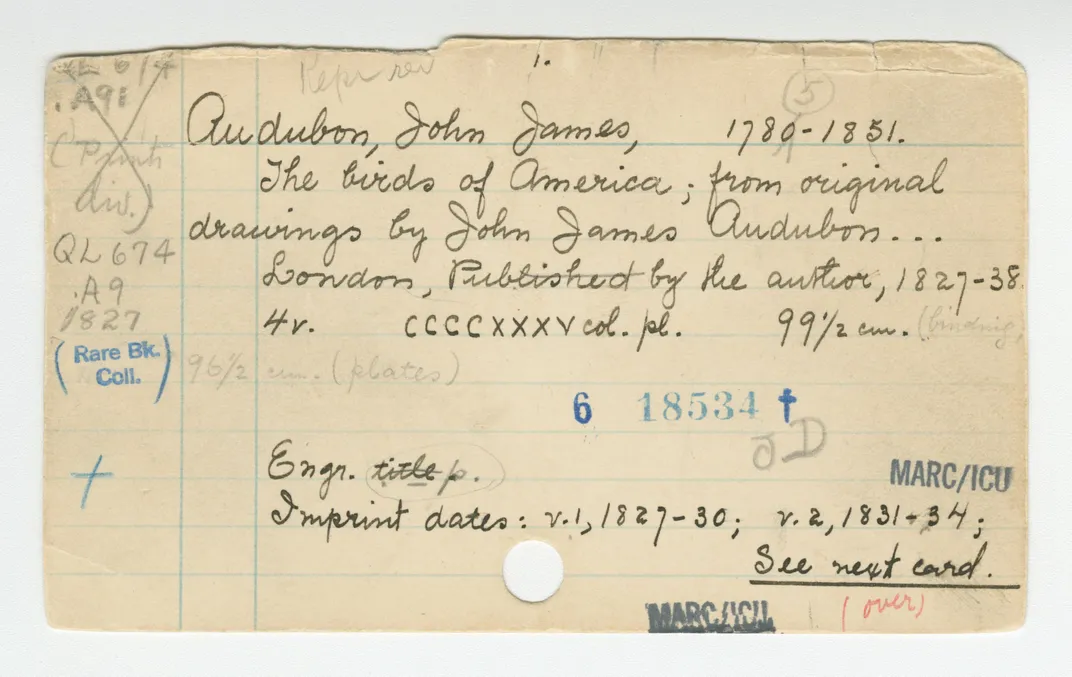
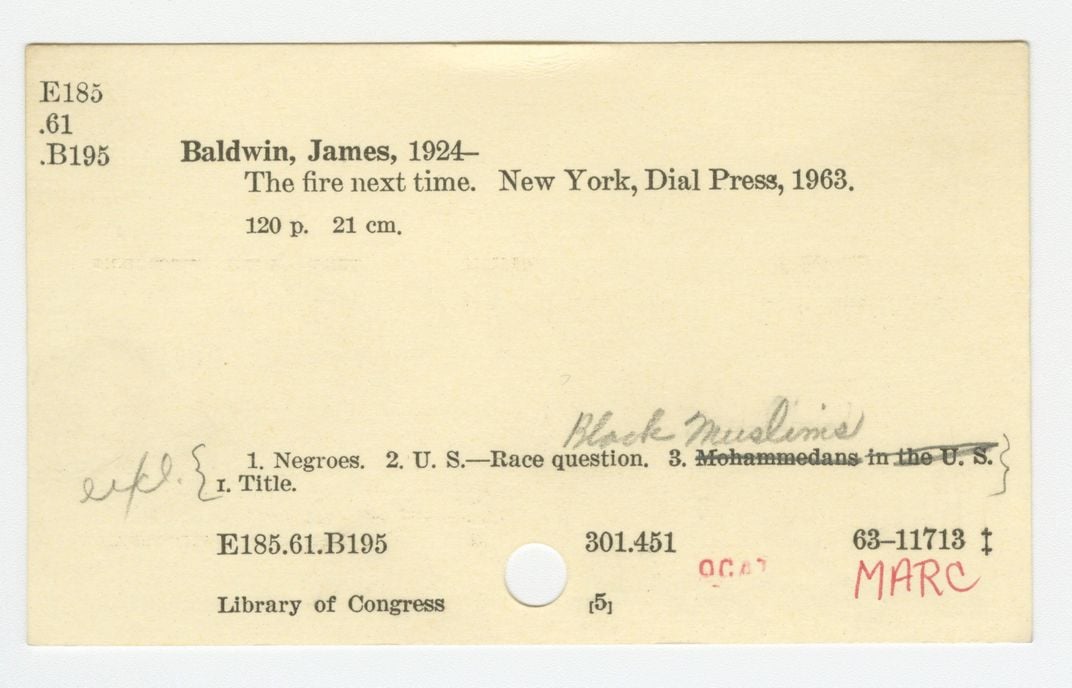
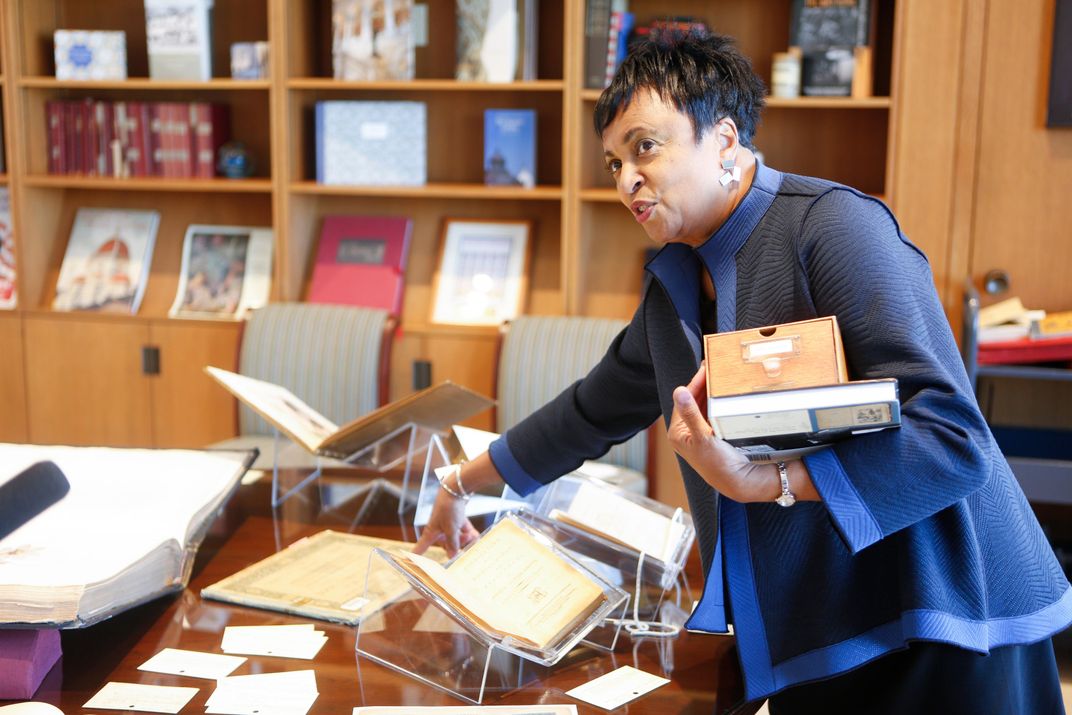
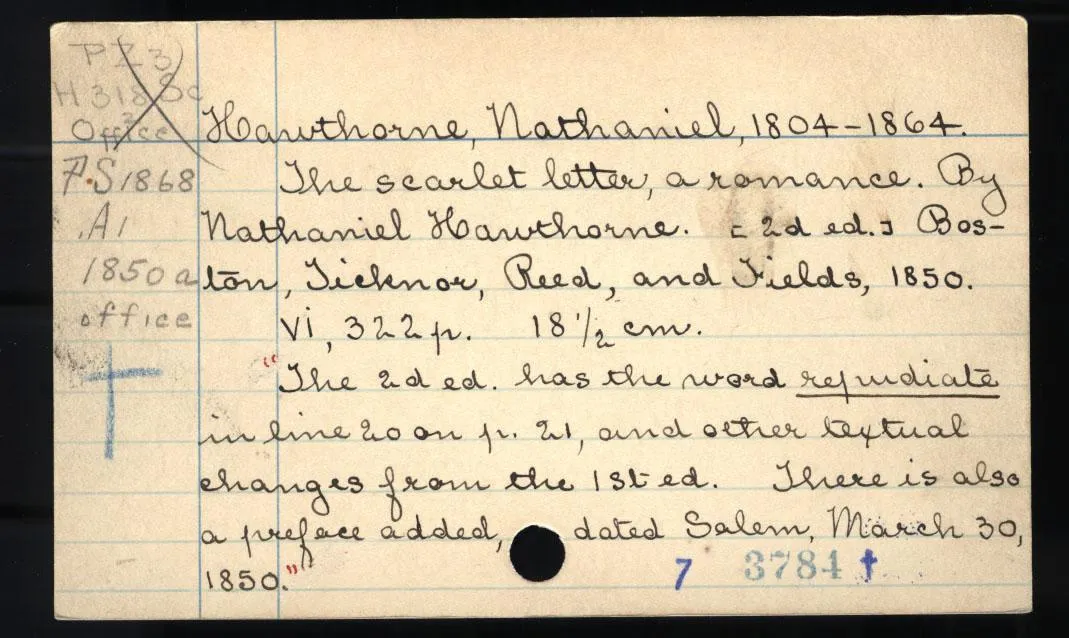
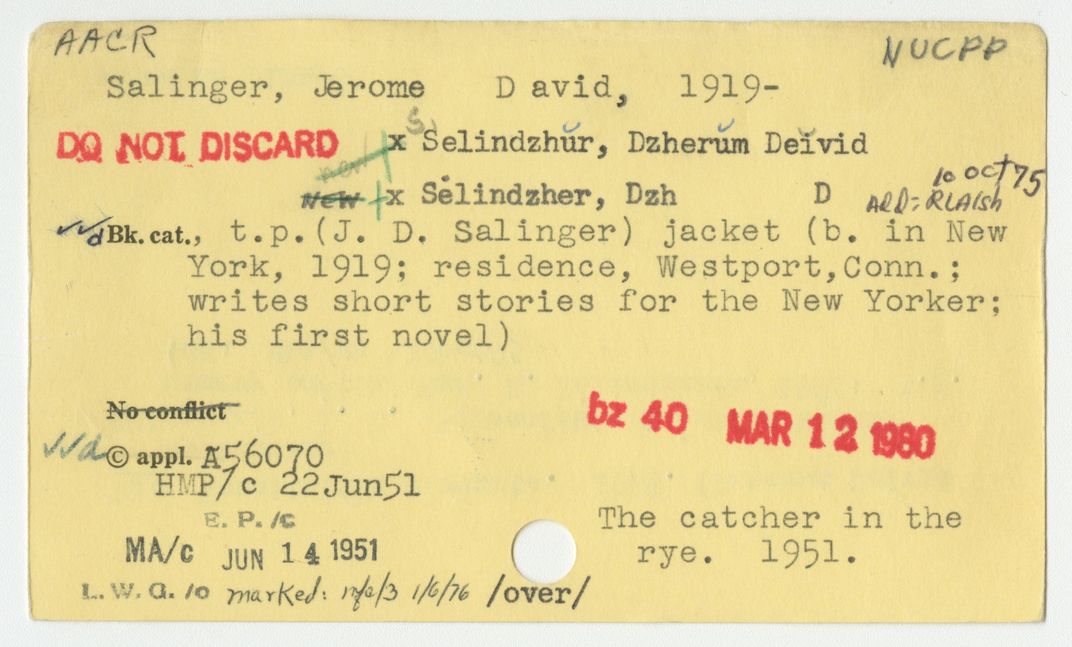
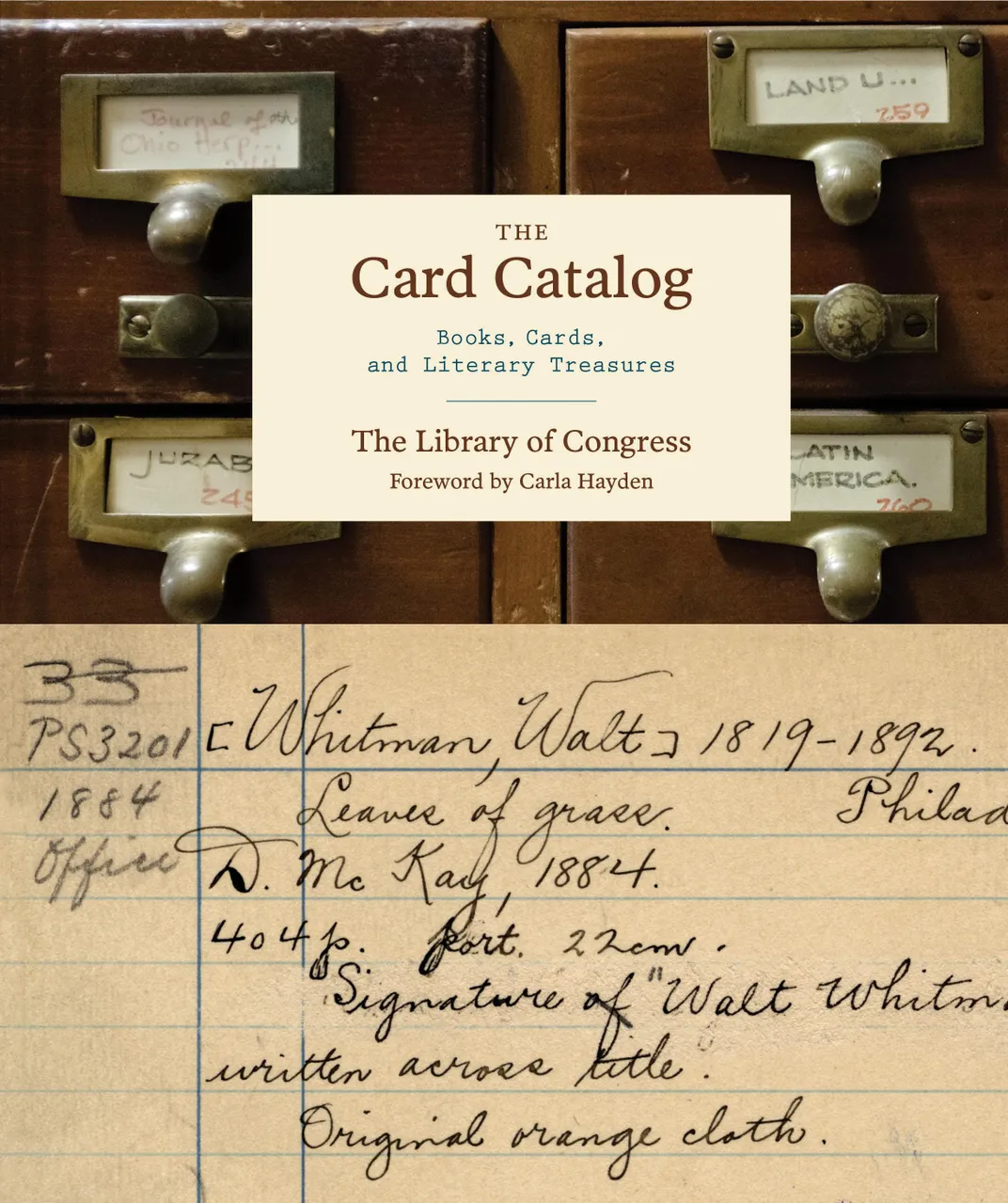
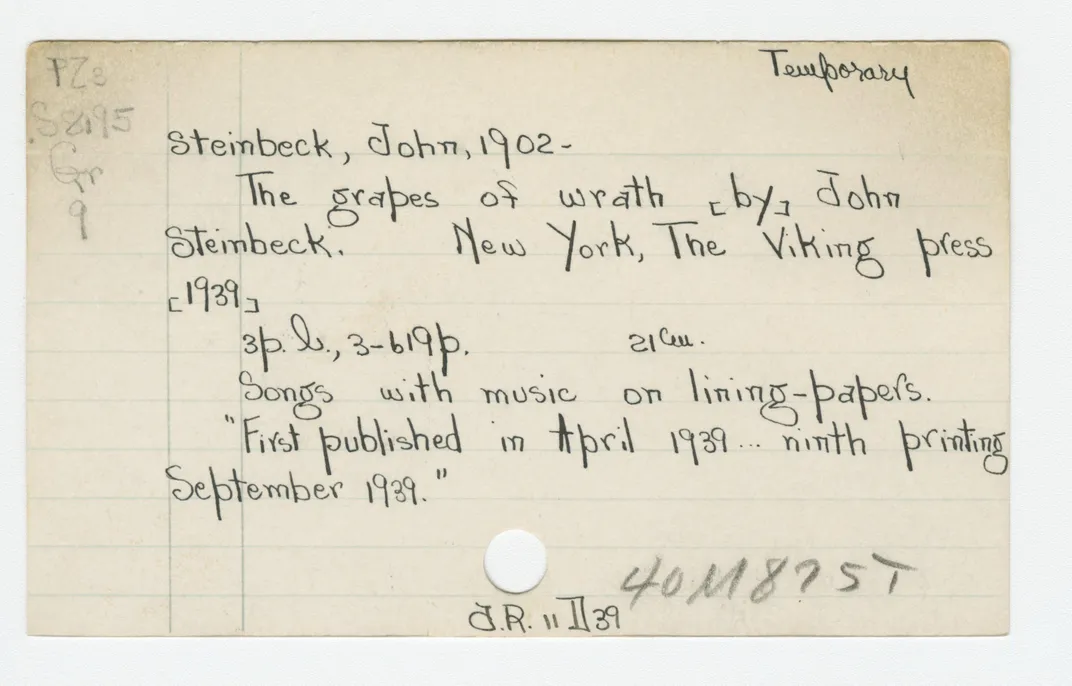
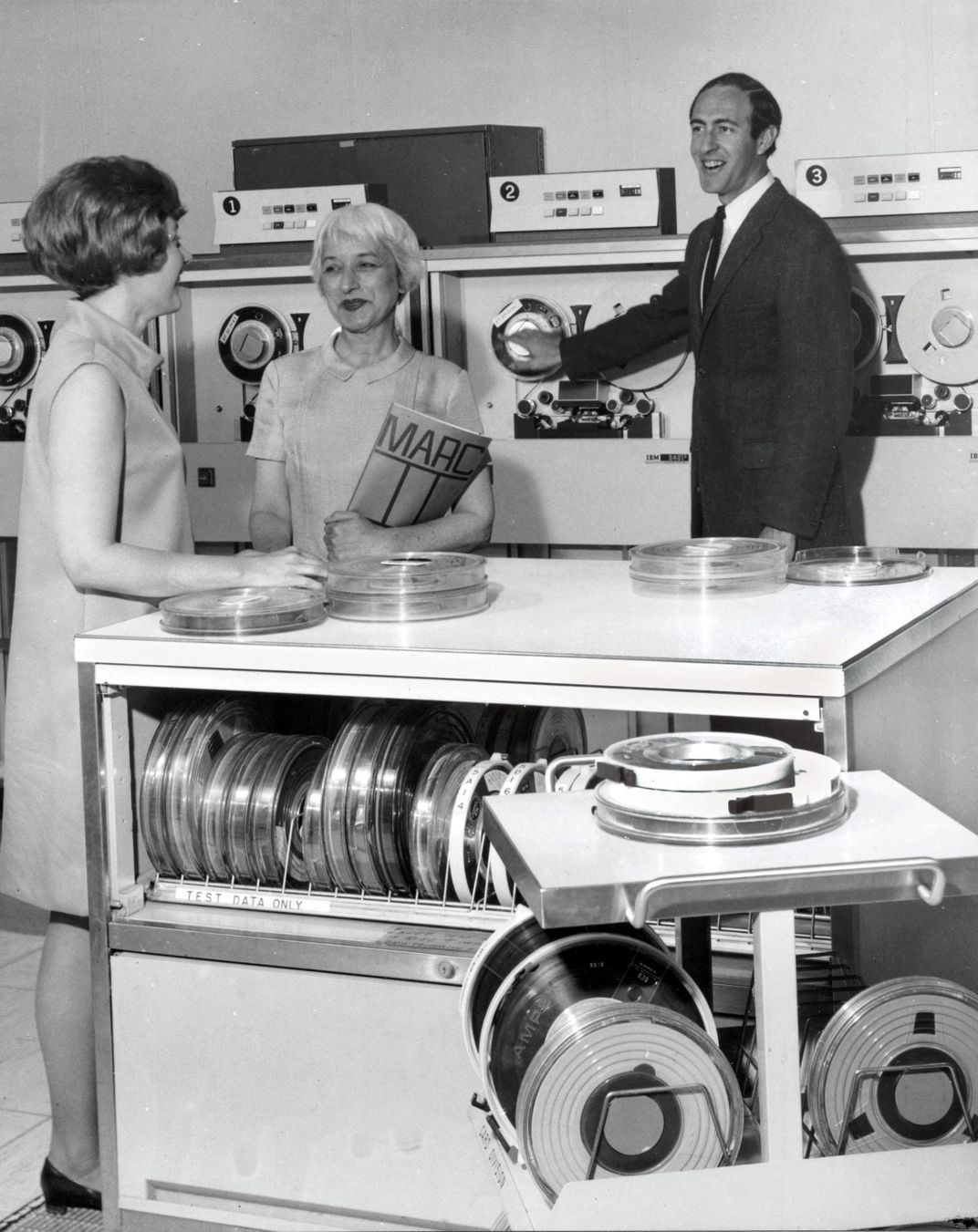
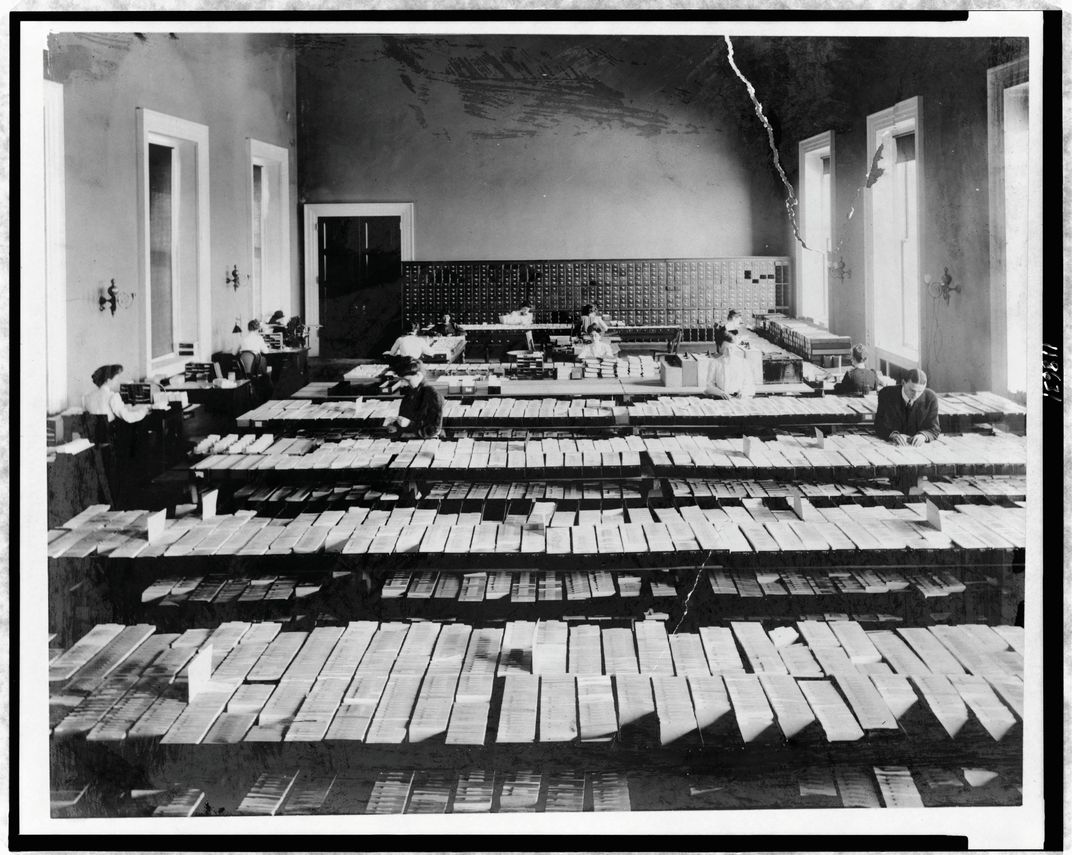
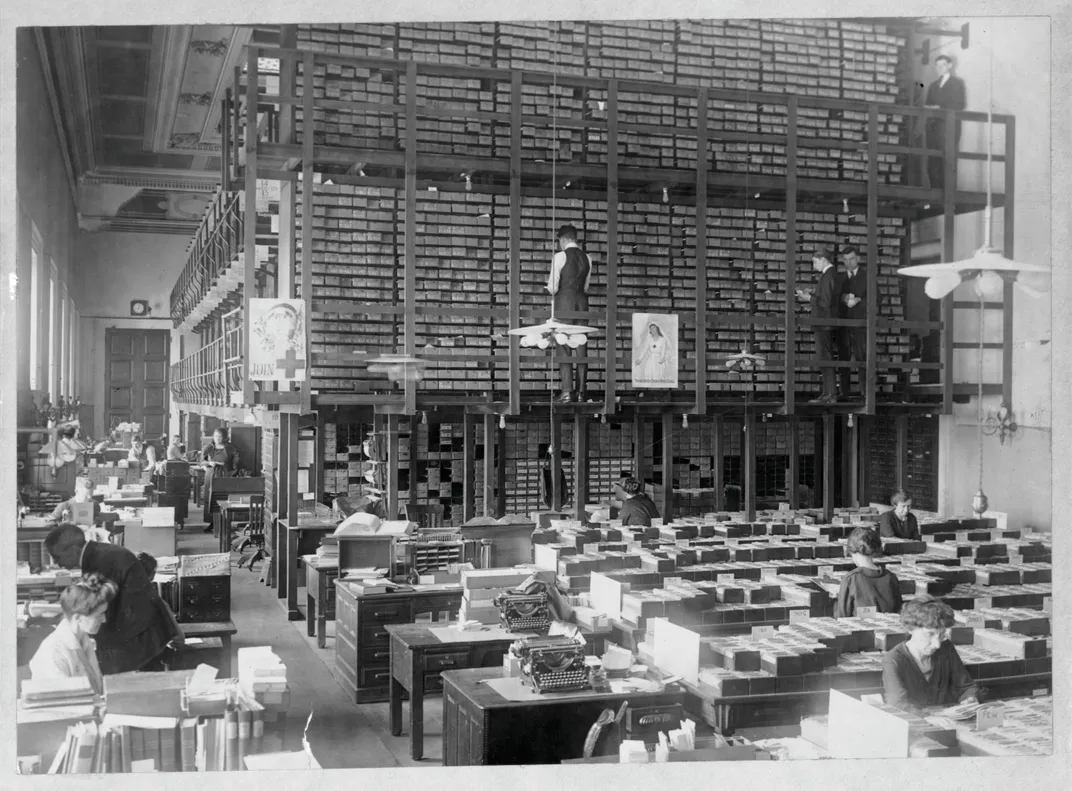
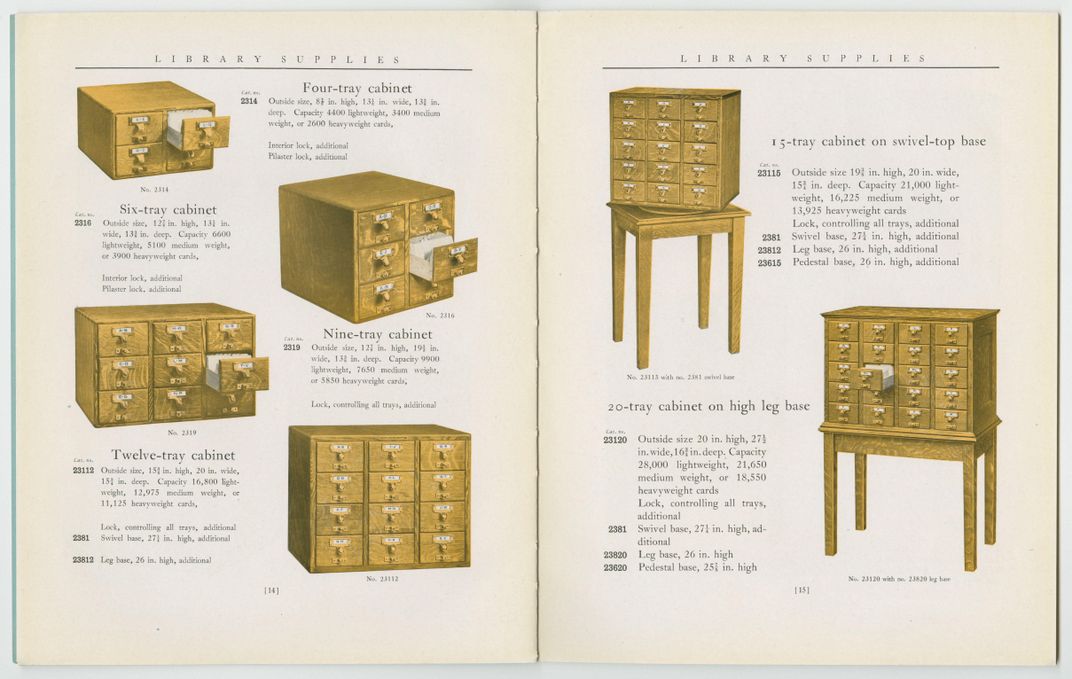
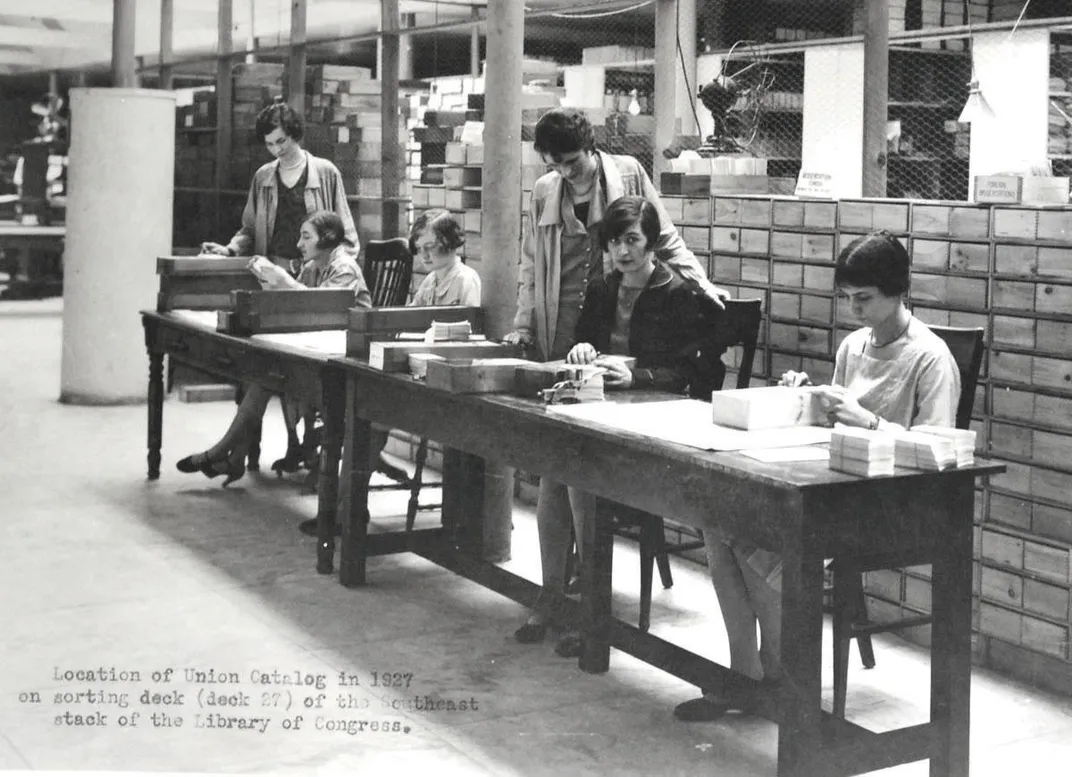
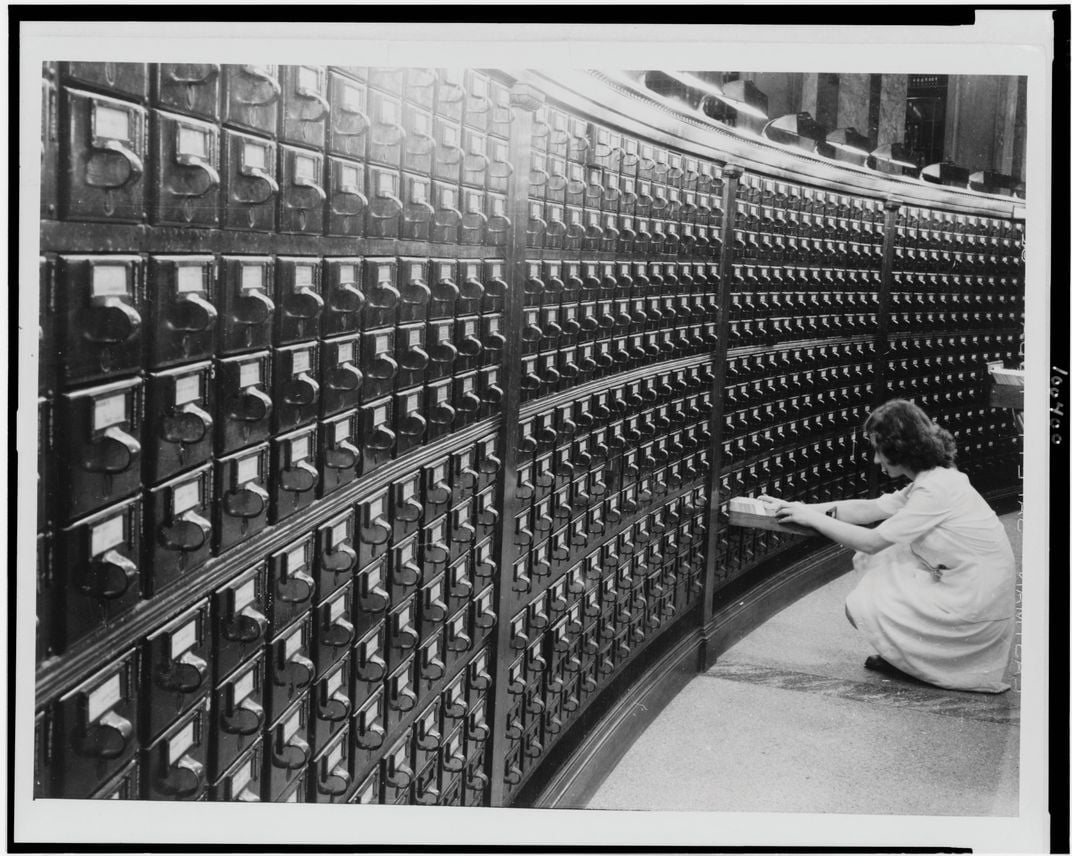

/https://tf-cmsv2-smithsonianmag-media.s3.amazonaws.com/accounts/headshot/erin.png)